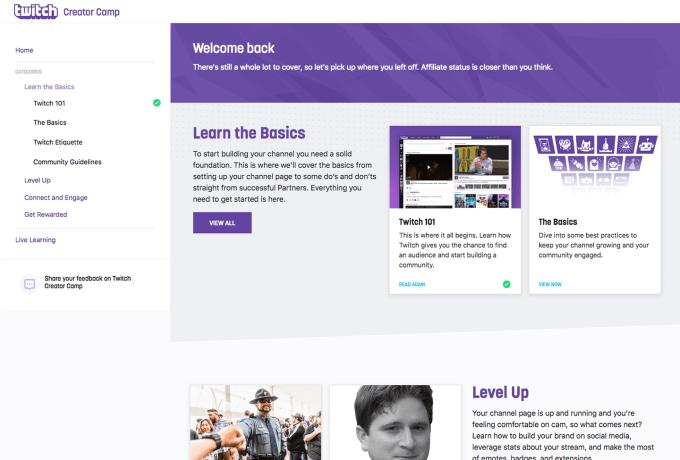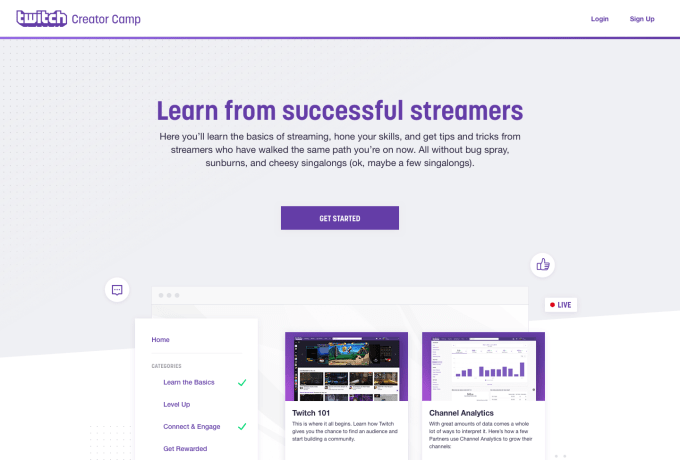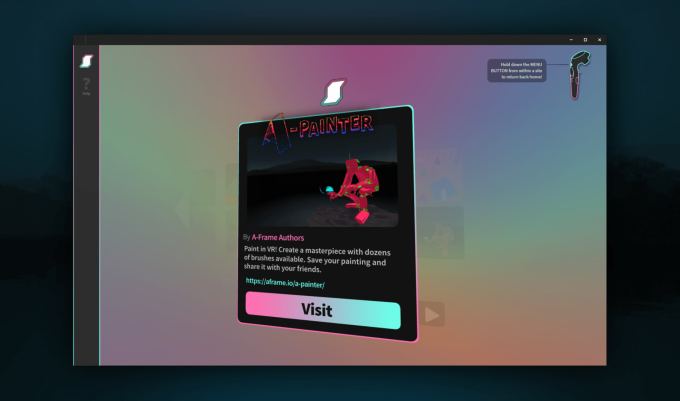The 24-hour clock is in play ladies, gentlemen and everyone in-between. That’s how long you have before our early-bird pricing flies south. If you want to go to Disrupt San Francisco 2018 on September 5-7, buy your tickets before July 25 at 5 p.m. PST. Depending on the type of pass you purchase, you can save up to $1,200. Miss that deadline and it’s full-freight for you. Why say “ouch” if you don’t have to? Get your ticket today.
This conference will be the only Disrupt event in North America this year, so we’ve gone all-out to make it memorable. We’ve relocated to Moscone Center West and tripled our floor space in the process. The space will be comfortable and ready for the 10,000 attendees — including more than 1,200 exhibitors and 400 media outlets — heading our way.
There are plenty of excellent reasons to attend Disrupt SF 2018. Come for the great speakers, like Ben Horowitz, co-founder of the venture firm Andreessen Horowitz, and author of “The Hard Thing About Hard Things,” or Priscilla Chan, of the Chan Zuckerberg Initiative. You’ll find dozens more in the full lineup of Disrupt SF 2018 speakers.
Come for Startup Battlefield, the premier startup competition and the best platform for launching early-stage startups to the world. This year, we’ve doubled the prize money, and one spectacular startup will walk away with $100,000 in non-equity cash. As you might imagine, our vetting process is competitive, to say the least. We can’t wait to tell you more about this cohort, but you’ll have to wait until we complete our evaluations. Stay tuned!
Come for the Virtual Hackathon. Yes, you heard right. We’ve gone virtual to go global. The Virtual Hackathon is open to anyone anywhere in the world. Right now, thousands of hackers, programmers, designers and developers are creating amazing products, and we can’t wait to see what they dream up.
Come to see those 1,200 exhibitors in Startup Alley, the pulsing heart of every Disrupt. And while you’re there, be sure to check out the 50+ startups that earned a TechCrunch Top Pick designation. You’ll find five Top Picks representing each one of these 12 categories: AI, AR/VR, Blockchain, Biotech, Fintech, Gaming, Healthtech, Privacy/Security, Space, Mobility, Retail or Robotics.
There’s so much to see and do, and not nearly enough time to tell you everything. Not to worry, you can always check out the full Disrupt San Francisco 2018 agenda.
Disrupt San Francisco 2018 takes place on September 5-7 at Moscone Center West. The 24-hour clock is ticking, and the prices go up on July 25 at 5 p.m. PST. Don’t miss your chance to get the best price possible. Buy your tickets today.











